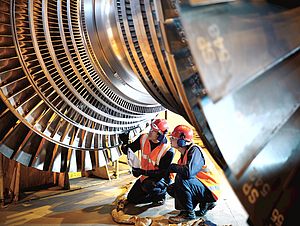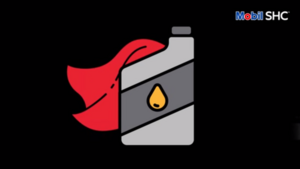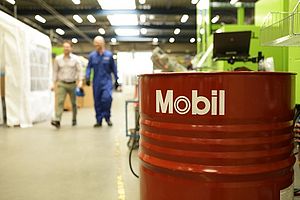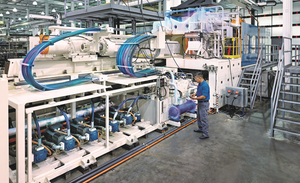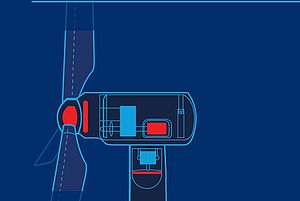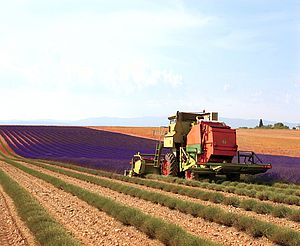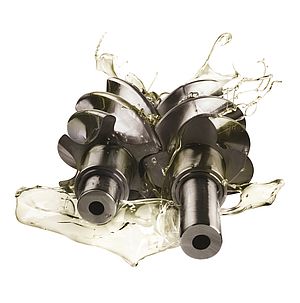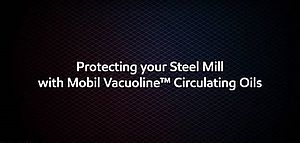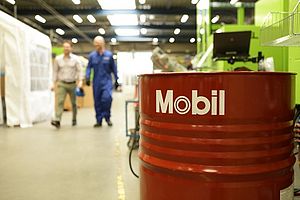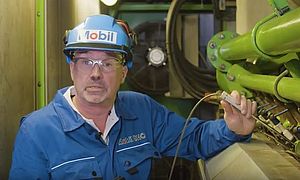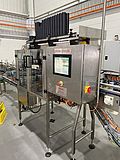· Lubricant choices can lead to better equipment efficiency and reliability and reduce operating costs
· Practices can minimise corrective maintenance needs and translate into safer conditions for oil and gas workers
· Best practice recommendations can help to reduce the US$100 million-plus costs that drilling contractors lose to non-productive time
As the energy exploration and production industry finds itself under increasing pressure to reduce costs and safeguard its workers, operators have had to invest in a multitude of measures to avoid the financial and safety impact of non-productive time (NPT). Industry estimates have placed NPT costs to drilling contractors at between US$100 million and US$150 million annually[1]. To help address the industry's primary concerns and contribute towards optimum efficiency and safety, ExxonMobil Fuels & Lubricants has harnessed almost 50 years' industry-leading experience developing synthetic lubricants to create a framework of five practical tips. The five-point plan offers lubrication product and service recommendations that can potentially help towards reduction or elimination of equipment failure and unscheduled shutdowns, thereby enhancing worker safety, even in the most severe conditions.
1. Conduct oil condition monitoring
- As part of routine maintenance, the "health" of the lubricant and the equipment itself should be regularly checked. By trending oil analysis data it is possible to proactively address undesirable conditions before they result in equipment downtime. ExxonMobil offers Signum, a proprietary oil analysis programme, which sends maintenance professionals expert oil analysis assessments to identify potential issues, lists possible causes and recommends corrective actions.
2. Choose synthetic lubricants over mineral oils
- While, lubricants may represent a small percentage of an oil and gas firm's operating costs, simply upgrading to a higher performing lubricant can have a significant impact on long-term maintenance costs. Advancements in lubricant technology, especially when it comes to fully-synthetic based products, has seen significant breakthroughs including extending equipment life, oil drain intervals and improving the overall energy efficiency of equipment.
3. Streamline your lubricant inventory
-Maintaining equipment with advanced high-capacity lubricants can reduce the number of products which must be purchased, stored and applied to machinery. This means fewer purchases and simplified maintenance. The Mobil SHC 600 Series of circulating and gear oils, for example, are recommended for use in 1,800 applications by more than 500 major equipment builders.
4. Store and handle lubricants correctly
- Specialist lubricants for oil and gas operations are formulated to satisfy very specific kinds of service. If not handled and stored properly, they can deteriorate or become contaminated and provide inadequate lubrication or become waste. Good storage and handling practice includes correct unloading procedures and use of a single, designated storage area (to avoid inventory management difficulties). Storage should be away from heaters, cold areas and areas of varying temperatures cycles.
5. Select the most appropriate lubricants for your equipment
- Choosing the most appropriate lubricants for equipment is complex. The right choice can help to optimise performance, avoiding the mistakes which can lead to downtime and helping to deliver substantial efficiency and cost benefits. ExxonMobil's LoobleSM selector tool helps determine the most appropriate lubricant and viscosity grade for use from a range of criteria, including application and equipment type and manufacturer.
[1] Athens Group: "The state of NPT on high-specification offshore rigs: first annual benchmarking report"




